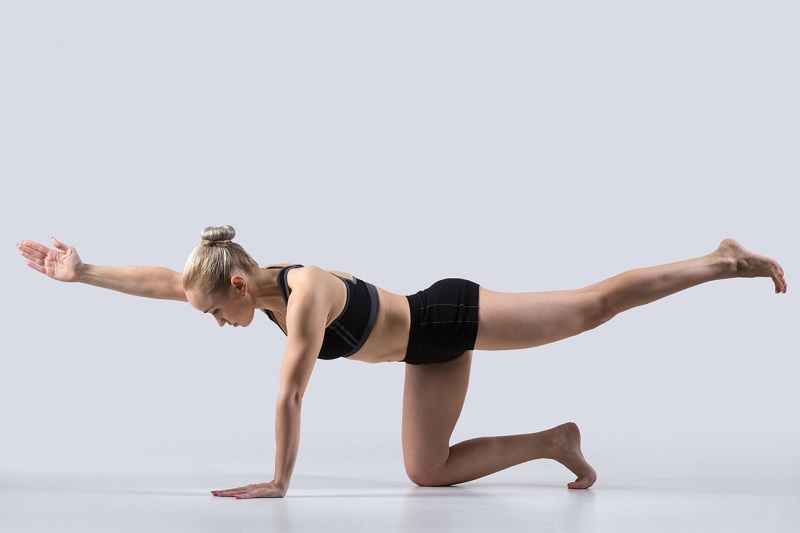“Train to your daily life” seems to be a good mantra: prepare your body so it can cope with the tasks you have to perform every day and to counter what we also do evil every day. Therein lies much of the functional training : learning movement patterns that we can reflect or have transferred to our daily lives.
Although our body is designed to move, more and we spend more time sitting : at home, in public transport, at work … When we have the opportunity to move (for example, to go up to the office) opted for The easy exit that usually are the elevators or the escalators.
What kind of training can we do to counter these bad decisions, to be more functional and to prevent possible injuries? That you will always have these movements, which will benefit you in your daily life.

Objective: To avoid the kyphotic attitude
Perhaps one of the things that characterizes people who spend much time sitting, usually working in front of a computer or studying (clerks, academics, opposition) is to maintain a kyphotic attitude throughout the day. We speak of that characteristic posture with the shoulders thrown forward, the sunken chest and the crouched head that can give rise to pains of back and of head.
When we have a kyphotic attitude there are muscle groups that are shortened, such as the pectoralis major and minor) and other elongated, such as trapezoids and rhomboids. Through training we can strengthen the muscles involved in maintaining good posture to avoid these muscle imbalance.
If we spend a lot of time in that position, even without realizing it, it is a good idea to work in the gym to correct it. For this we can resort to different exercises.
Scapular movement
A good exercise to be more aware of our position and to maintain proper and not kyphotic position is the one that is trying to put together our scapula (shoulder blades or shoulders, so to speak). While we are standing we can place a pica (or, in its defect, the stick of a broom, that surely we all have at home) just behind us, in the center of our back, and try to join the shoulder blades to touch it.
You may also like to read another article on BlogsMujer: Exercising does not counteract the effects of spending much time sitting: learn to solve
While we are training, a good idea is to make the scapular retraction : in this case, besides taking the scapula back also brought down, thus shielding our back. The feeling it gives us is that our trunk is “compact”, so that we protect the shoulders, which are more stable in this position. It is a good help to maintain good posture in exercises such as bench press or dominated.
Abdominal Stabilization Work
In maintaining good posture, the internal muscles of the abdomen or core (center literally in English) is of great importance. A simple exercise you can do to improve our stability is the bird-dog : is to put us on all fours with your back following their natural curves and lift both the right arm and left leg, so that we form a straight line and Parallel to the ground. We stand in this position for a few seconds and repeat with the opposite arm and leg.
If we are beginners we can start by lifting only one arm and then the other. The same with the legs, making sure that the hip does not lean sideways when lifting the leg from the floor. A good indication to activate the internal musculature of the abdomen in this position is the axial elongation: imagine a thread pulling our crown forward while another thread pulling our hips back.
Other exercises that can help us to improve kyphotic attitude are the stretches chest and back and some yoga poses.
Above all, we must be aware of our posture throughout the day: at first we will have to do so consciously (we can get an alarm on the phone to remind us every hour check whether we are maintaining proper posture) and the Practice and the passage of time we will integrate it in our day to day.



